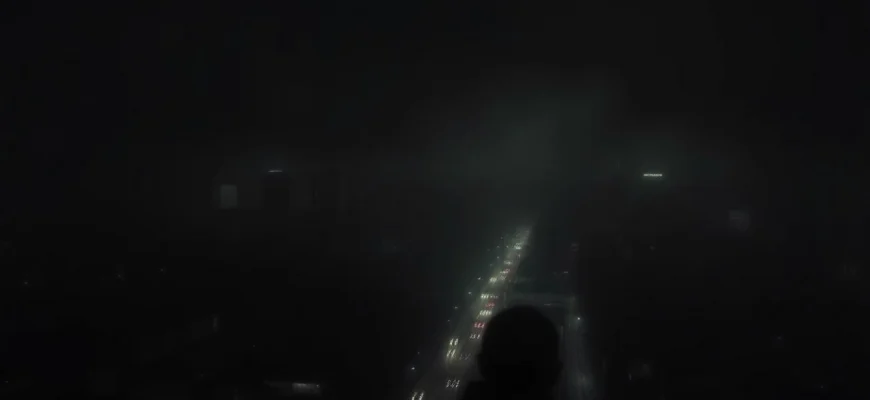If you're a fan of the classic noir thriller 'The Third Man' (1949), you're likely drawn to its shadowy cinematography, gripping mystery, and unforgettable characters. This article is your guide to 10 similarly captivating movies and shows that echo the same atmospheric tension, moral ambiguity, and intricate storytelling. Whether you're craving more post-war intrigue or timeless suspense, these picks will keep you on the edge of your seat.
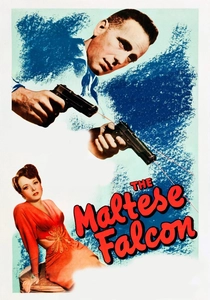
The Maltese Falcon (1941)
Description: Like 'The Third Man', 'The Maltese Falcon' is a quintessential film noir that explores themes of deception, moral ambiguity, and the darker side of human nature. Both films feature a cynical protagonist navigating a world of crime and intrigue. The visual style, with its use of shadows and high-contrast lighting, is also reminiscent of 'The Third Man'.
Fact: 'The Maltese Falcon' was the third adaptation of Dashiell Hammett's novel. It marked John Huston's directorial debut. Humphrey Bogart's portrayal of Sam Spade defined the hard-boiled detective archetype.
 Watch Now
Watch Now 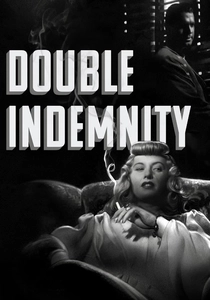
Double Indemnity (1944)
Description: This film shares with 'The Third Man' a focus on fatalism and the inevitability of downfall, central themes in noir cinema. Both movies employ voice-over narration to enhance the sense of doom and feature morally complex characters. The cinematography, with its dramatic use of light and shadow, creates a similarly tense and atmospheric mood.
Fact: The screenplay was co-written by director Billy Wilder and novelist Raymond Chandler. It was based on a true crime story from
 Watch Now
Watch Now 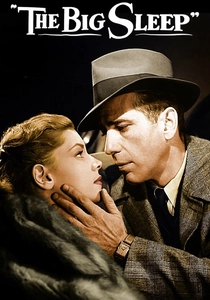
The Big Sleep (1946)
Description: Like 'The Third Man', 'The Big Sleep' is a labyrinthine mystery with a convoluted plot that emphasizes atmosphere over clarity. Both films feature a world-weary protagonist and a femme fatale. The shadowy visual style and the exploration of post-war disillusionment are also key similarities.
Fact: The plot is so complex that even the screenwriters claimed not to understand it. Humphrey Bogart and Lauren Bacall's chemistry led to significant rewrites to highlight their relationship. The film was based on Raymond Chandler's first novel.
 Watch Now
Watch Now 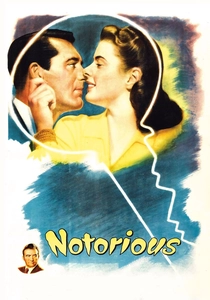
Notorious (1946)
Description: Alfred Hitchcock's 'Notorious' shares with 'The Third Man' a post-war European setting and themes of espionage and betrayal. Both films feature morally ambiguous characters and a sense of pervasive paranoia. The use of dramatic close-ups and tense, suspenseful sequences are also comparable.
Fact: Cary Grant and Ingrid Bergman's kiss was one of the longest in film history at the time. The film was shot in sequence, which was unusual for Hollywood. Hitchcock used a single take for the famous key scene to build tension.
 Watch Now
Watch Now 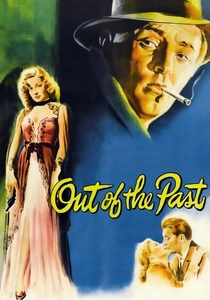
Out of the Past (1947)
Description: This film is similar to 'The Third Man' in its fatalistic tone and complex narrative structure. Both movies feature a protagonist trapped by past decisions and a visually striking use of light and shadow. The themes of betrayal and the impossibility of escape are central to both.
Fact: Robert Mitchum's performance defined his screen persona as the ultimate noir antihero. The film was based on Daniel Mainwaring's novel 'Build My Gallows High'. It was remade in 1984 as 'Against All Odds'.
 Watch Now
Watch Now 
The Lady from Shanghai (1947)
Description: Orson Welles' film shares with 'The Third Man' a sense of disorientation and visual experimentation. Both films feature a naive protagonist caught in a web of deceit and a climactic sequence in a surreal environment (the funhouse mirror scene in 'Shanghai', the sewer chase in 'The Third Man'). The use of unusual camera angles and lighting creates a similarly unsettling mood.
Fact: Welles' then-wife Rita Hayworth had her famous red hair dyed blonde for the role. The famous hall of mirrors sequence was inspired by a real funhouse Welles visited. The film was heavily edited by the studio against Welles' wishes.
 Watch Now
Watch Now 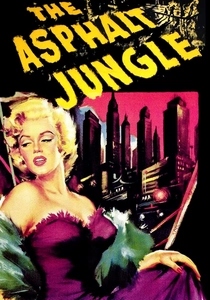
The Asphalt Jungle (1950)
Description: Like 'The Third Man', this film explores the criminal underworld with a focus on character psychology rather than action. Both movies feature flawed protagonists and a sense of inevitable doom. The use of urban landscapes to reflect moral decay is another similarity.
Fact: The film marked Marilyn Monroe's first significant role. Director John Huston used actual criminals as extras. The screenplay was based on W.R. Burnett's novel, which was inspired by real heists.
 Watch Now
Watch Now 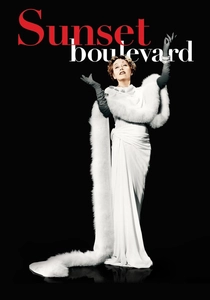
Sunset Boulevard (1950)
Description: While not a traditional noir, 'Sunset Boulevard' shares with 'The Third Man' a cynical view of human nature and a focus on the darker side of fame and ambition. Both films feature voice-over narration from a dead or doomed protagonist and use visual style to enhance their themes of decay and disillusionment.
Fact: Gloria Swanson's Norma Desmond was based on several silent film stars. The famous line 'I am big! It's the pictures that got small' was ad-libbed. The film was originally conceived as a comedy.
 Watch Now
Watch Now 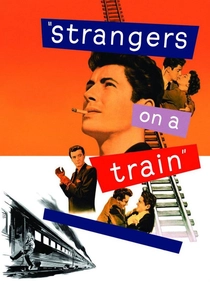
Strangers on a Train (1951)
Description: Hitchcock's film shares with 'The Third Man' a sense of psychological tension and moral ambiguity. Both movies feature chance encounters that lead to deadly consequences and use visual symbolism (the carousel in 'Strangers', the Ferris wheel in 'The Third Man') to heighten suspense. The theme of doubles and mistaken identity is also present in both.
Fact: The famous tennis match scene was shot without any spectators to focus on the protagonist. Raymond Chandler worked on the screenplay but clashed with Hitchcock. The film's climax on the carousel was technically challenging and dangerous to shoot.
 Watch Now
Watch Now 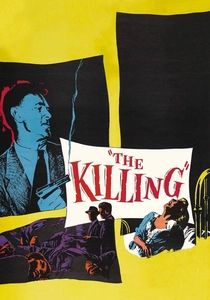
The Killing (1956)
Description: Stanley Kubrick's early noir shares with 'The Third Man' a non-linear narrative structure and a focus on the mechanics of crime. Both films feature morally ambiguous characters and a sense of inevitable failure. The use of shadowy cinematography and urban settings creates a similarly bleak atmosphere.
Fact: The film was based on Lionel White's novel 'Clean Break'. It was Kubrick's first major studio film. The heist sequence inspired Quentin Tarantino's 'Reservoir Dogs'.
 Watch Now
Watch Now 
